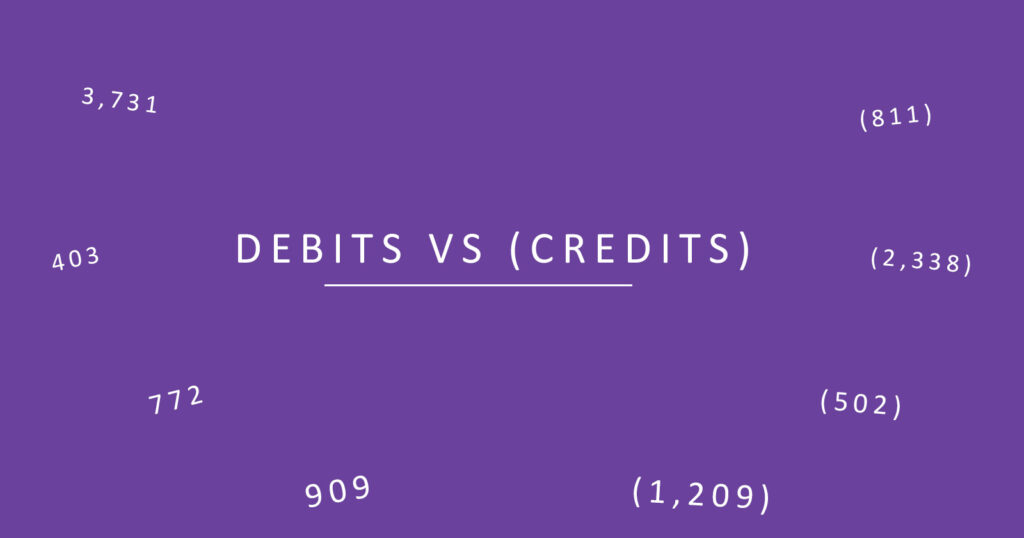Many options are available for calculating depreciation. Most common methods are the straight line method or the declining balance method. One that is a little less commonly known is the method called sum of years. In this article, we will define this calculation method, show how it works and end with an example.

Sum of Years Depreciation Method [Defined]
Sum of years is a particular method of calculating the depreciation expense. Where other methods use concepts like standard depreciation rate or using years of useful life, sum of years isn’t as straightforward.
In sum of years, the depreciation rate is calculated based on the years of life expectancy of an asset with a little twist. It adds the year digits together to get a denominator. The numerator will be the digit of each year, starting with the last year of life expectancy. The rate obtained will be the depreciation rate.
Sum of years is considered to be an accelerated method of calculating depreciation expense because it uses the highest depreciation rate at the beginning of an asset’s expected life.
How Sum of Years Works : Formula
In order to calculate the depreciation expense with the sum of years method, we first need to determine the depreciation rate.
The following formula calculates the sum of years depreciation rate:
Remaining expected life of asset
Sum of years
Where:
- Remaining expected life is the number of years we expect the asset to be useful. If an asset has an expected life of 10 years, then during year 1, the remaining expected life is 10 years. During year 2, the remaining expected life is 9 years and so on.
- Sum of years is obtained by adding the digits of years together. This means that an asset with 10 years of expected life will have a sum of years equal to 55, obtained by adding 10 + 9 + 8 + 7 + 6 + 5 + 4 + 3 + 2 + 1.
It should be noted that the depreciation rate obtained with the formula above will sum up to 100% when adding the percentage obtained for each year.
Once the depreciation rate is obtained, we simply multiply it with the value of the asset to obtain the depreciation expense:
Sum of years depreciation rate x asset value
Where:
- Asset value is the cost of purchase of the asset (including any delivery or setup fees) minus any salvage value.
Read More:
Double Declining Balance Method Formula (How to Calculate)
How to Calculate Depreciation Expense: Straight Line Method
When to Use Sum of Years?
As an accelerated method of determining depreciation expense, sum of years is most suited for assets that lose their value quickly in the beginning. Computer equipment or vehicles are all good candidates for accelerated methods of depreciation like sum of years.
Assets that lose their value the most in the beginning usually require less maintenance in the beginning and more maintenance in the later years. As such, with the accelerated methods of depreciation, companies account for higher depreciation expenses in the beginning and less maintenance costs. Towards the end of the asset’s life, there will be less depreciation expenses since most have been depreciated in the beginning but there will be a lot more maintenance costs to keep the asset running. This acts as a balance of costs throughout the life of the asset.
Sum of Years : Example

Let’s look at the example of Carl’s Construction Company (“CCC”). CCC just acquired a truck for $60,000 and estimates that the truck will be useful for 6 years with a remaining salvage value of $5,000. We will calculate the depreciation expense for each of the 6 years.
First, we will calculate the sum of years depreciation rate by calculating the sum of years :
Sum of years : 6 + 5 + 4 + 3 + 2 + 1 = 21
Now let’s calculate the sum of years depreciation rate:
| Remaining expected life of asset | Sum of years (per above calculation) | Sum of years depreciation rate | ||
| Year 1 | 6 years | ÷ | 21 | 28.57% |
| Year 2 | 5 years | ÷ | 21 | 23.81% |
| Year 3 | 4 years | ÷ | 21 | 19.05% |
| Year 4 | 3 years | ÷ | 21 | 14.29% |
| Year 5 | 2 years | ÷ | 21 | 9.52% |
| Year 6 | 1 year | ÷ | 21 | 4.76% |
| 100% |
We know that the truck was purchased at $60,000 with a salvage value of $5,000 so the asset value that will be depreciated is $55,000. Now we will calculate the depreciation expense for each year:
| Sum of years depreciation rate (calculated from above) | Asset value (cost – salvage value) | Depreciation expense | ||
| Year 1 | 28.57% | x | $55,000 | $15,714 |
| Year 2 | 23.81% | x | $55,000 | $13,096 |
| Year 3 | 19.05% | x | $55,000 | $10,478 |
| Year 4 | 14.29% | x | $55,000 | $7,860 |
| Year 5 | 9.52% | x | $55,000 | $5,235 |
| Year 6 | 4.76% | x | $55,000 | $2,617 |
| $55,000 |
Final Thoughts: Sum of Years
Sum of years is an accelerated depreciation method suitable for assets that lose most of their value in the early years of service. The depreciation expense is higher at the beginning and lower towards the end to reflect that most of the value has been used at the start.
To use the sum of years, a calculation needs to be performed to determine the sum of years depreciation rate using the remaining life expectancy as the numerator and the sum of the digit number of years as the denominator. Once this is calculated, the depreciation expense can be estimated for all future years, which helps in budgeting and income projection for business owners.



